Understanding the many components of an automobile is crucial if you want to drive it safely and maintain it correctly. You’ll be able to spot issues more quickly and remedy them if you comprehend the parts of your car and how they function. For this reason, I’ve written the post below, in which I’ve listed the names of the main automotive body parts together with pictures. I’ve separated the parts into two sections for easier understanding: an external vehicle parts list and an internal parts list. I’m hoping it’ll assist you to learn the fundamentals of your car body parts names with images.
In this blog we are going to tell you about Car Body Parts Names With Images, so read this blog carefully to get the complete information
External Car body parts names with images
Headlamp
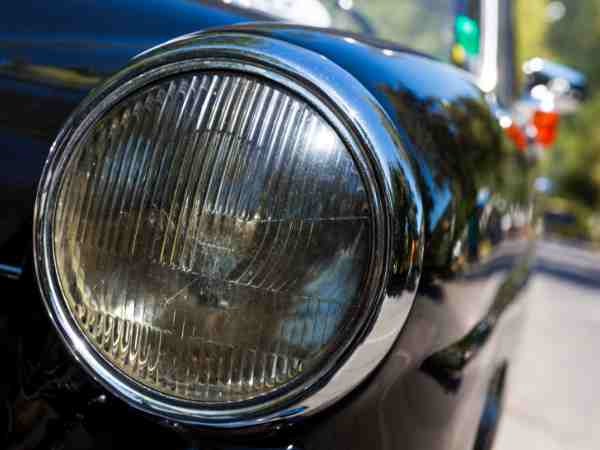
A car’s headlamp, which is also frequently termed a headlight, is a crucial component. It is situated up front on the vehicle. Because there is no longer any darkness, the driver can drive safely. A vehicle’s headlamps can emit a variety of lights, including full beam, dipped, fog, indicator, hazard warning light, and more. To illuminate the road, headlamps are often powered by the car’s battery. Today’s headlamps mostly come in three varieties: LED, Xenon, and Halogen.
Mirror

A rearview mirror and two wing mirrors are the three mirrors that come standard on cars to assist you to keep an eye on your behind. The rearview mirror of the car is an inside mirror. It reveals what is going on behind you. It can display the size and distance of every vehicle behind you because it is a flat mirror. Two wing mirrors are located on either side of the vehicle. The vision is made possible by these convex mirrors. The automobiles may appear to be farther away than they actually are in these mirrors.
RELATED – RIVIAN SHARE PRICE PREDICTION 2025: KNOW EVERYTHING BEFORE YOU INVEST
Trunk
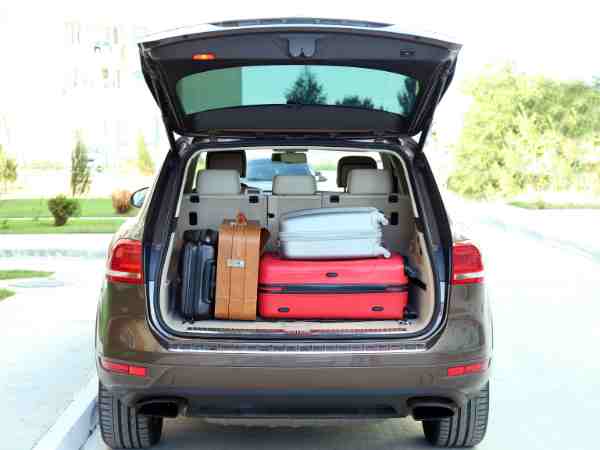
Your primary storage location for the items you take with you is here. The cover that enables or restricts access to the trunk is known as a lid. The sole storage space in your automobile designed to carry bags and luggage is typically the trunk. Typically, car trunks are located in the back. Some cars with centrally located engines have trunks on both the front and back sides.
Wheel

The components of an automobile that enable it to travel forward or backward are its wheels. To ensure smooth operation, each wheel has a tire covering it. A wheel is made up of many components. The barrel, lug holes (barrel), lug holes, center bore, center bore, outer lip, spoke, stem and center disc are the main components of a wheel. These parts come together to form a cohesive wheel. A sophisticated system manages a car’s wheels. You must be knowledgeable about a variety of topics, such as bolt pattern, wheel offset, and wheel size measurement, in order to fully comprehend wheels.
Hood
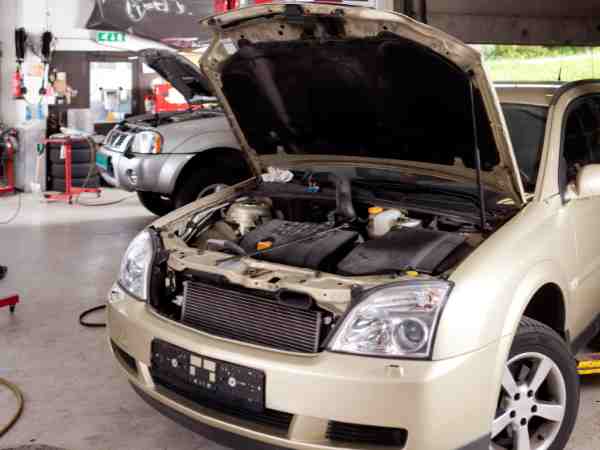
The hood of an automobile is the component that provides access to the engine. Usually, it is situated close to the engine in the front of the car. In some older models with the engine on the front side, the hood used to be in the back. The hood’s primary function is to keep the engine and its parts safe, in addition to shielding them from the elements including rain, snow, and dust. You can easily access your engine whenever you need to by opening the hood.
Bumper
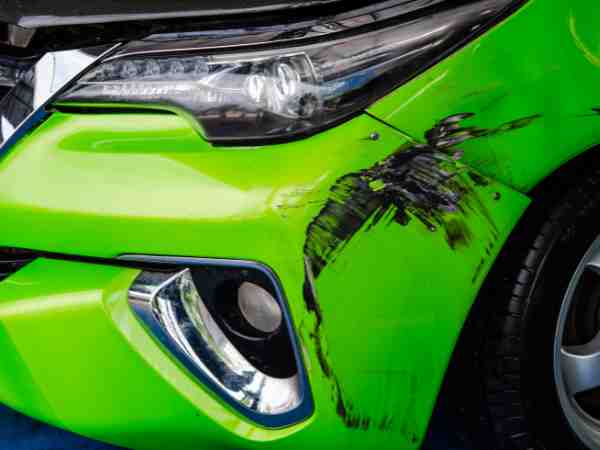
This component of an automobile protects the body of the vehicle against minor collisions or bumps. The majority of bumpers are built of metal or plastic to absorb minor shocks from slow-speed collisions. Although a bumper’s primary function should be to protect an automobile from harm, they are frequently employed to enhance the car’s appearance. There are many fashionable bumpers available on the market for this use. Bumpers come in a variety of styles. Bumpers come in a variety of styles, including tube, cowboy, and standard.
Door

A car door provides access to the interior and ensures your safety while you are inside. In an automobile, there are typically 2 to 4 doors, depending on the model. Usually, it hinges with the body of the vehicle. Typically, doors are opened by hand. However, you’ll also come across doors that can be operated remotely. The door lock, handle, panel, storage compartment, and other components are only a few of the parts that make up an automobile door. The window is a portion of the entrance. The window glass controller is also within the door.
Windshield

The large front window through which the driver and front-seat passenger can observe the road. The primary function of the windshield is to protect the driver from the forward-moving wind. It is called a windshield for this reason. Today, a windshield serves more purposes. Both the driver and the front-seat passenger will benefit from its safety features. Windshields used to be constructed from a single piece of glass in the past. However, these days, manufacturers create windshields out of laminated glass to prevent injury to those inside from flying glass.
Roof

The covering that protects the inside from weather conditions including wind, rain, and sunlight is called the roof. Some automobiles have fixed roofs, while others have detachable roofs. Roofs occasionally have a tiny window that can be opened when necessary. You can also use a car’s roof as exterior storage. There are roof racks available for purchase that can hold items on your roof.
Tail Light
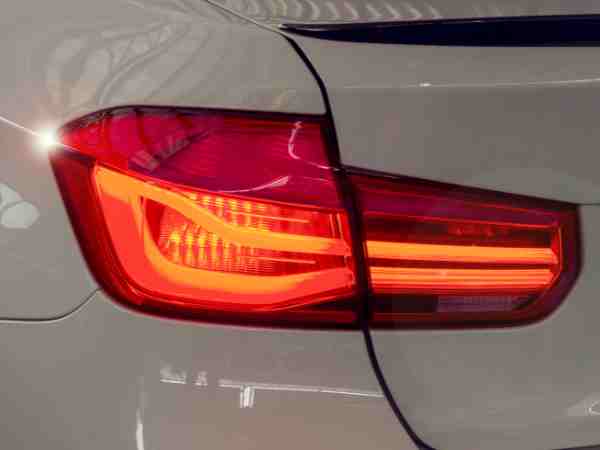
When you brake, the lights on the back side of the automobile, or the tail lights, illuminate. These lights signal to other cars that you are slowing down. These also indicate if you are making a left or right turn. Tail lights typically come in two colors: red and yellow. Having a tail light is crucial because if you don’t let drivers behind know that you’re stopping, they could rear-end your car.
Internal car Body Parts Names with Images
Engine
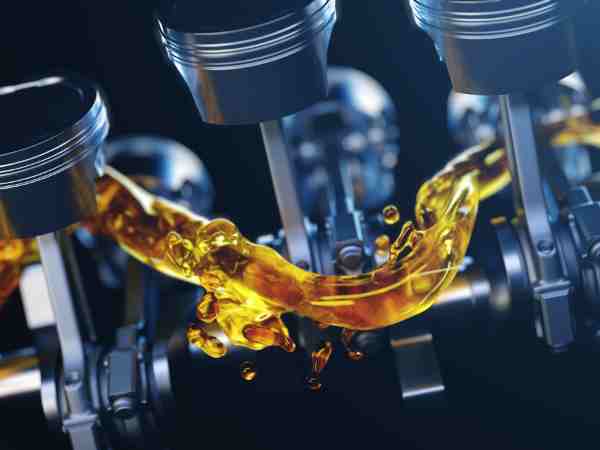
Your car’s engine is referred to as its heart. The front of the car is often where the engine is positioned. However, some variants have the engine in the center or on the backside. Transforming the heat from burning gases into force, it is responsible for turning wheels. It is a challenging task. This necessitates an engine that can support the load. On the market, there are many different kinds of engines. Despite having varied architecture, most engines perform a largely similar main function.
Battery

This is yet another crucial component your car needs to function. All of your car’s electric components depend on this battery. To be able to deliver electricity to all devices that require it, it is rechargeable. In early autos, the majority of the equipment was operated manually. Batteries were not required. Wet cell batteries with six cells are used in automobiles. It is easy to comprehend. Automotive batteries come in a wide variety of varieties. Every type has benefits of its own.
Alternator
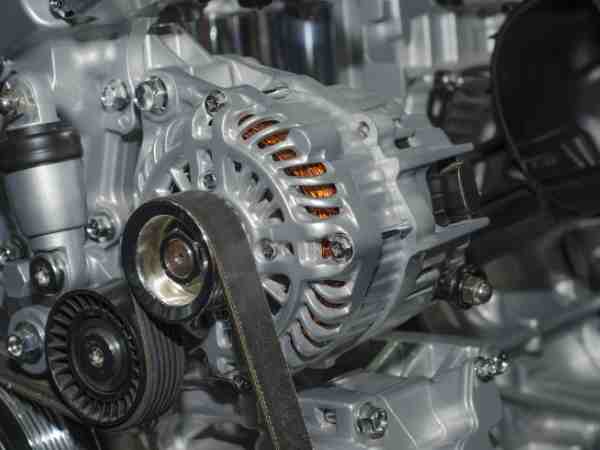
For automobiles with internal combustion engines, the alternator is a crucial component. The alternator produces electric power that charges the battery while the engine is running. It powers the battery and many mechanisms in addition to the battery. Stator and rotor, diode rectifier, voltage regulator, and cooling fan are all components of the alternator. Although the battery is frequently credited with powering the electric components of an automobile’s engine, the alternator actually does the work. An alternator is mounted next to or in front of the engine as it produces mechanical power.
RELATED – THINGS TO KNOW BEFORE BUYING TRUCK TIRES
Radiator
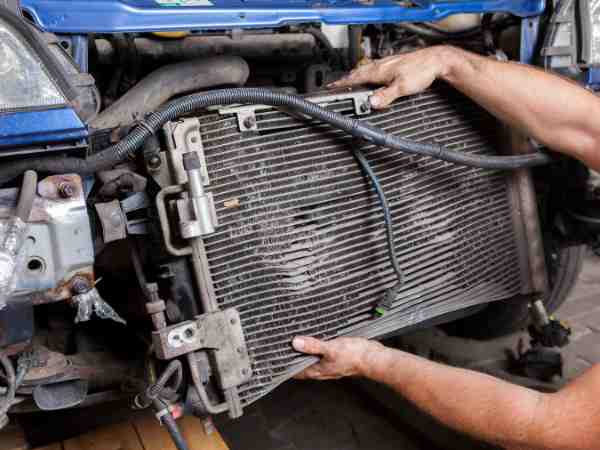
The radiator is crucial to the correct operation of your car because it keeps the engine cool while it is operating. The liquid gas is kept cool by the radiator, which absorbs heat from it. The engine then takes the gas in and uses it. Thus, it stays cool. The gas then emits heat outside the vehicle. The core, pressure cap, and transmission cooler are three components of the radiator. If the engine isn’t functioning properly, it could get hurt.
Transmission

A car’s gearbox is referred to as the transmission. Using gears and gear systems, you can change the speed and torque in accordance with the driving conditions. In British English, “transmission” is a more generic phrase. The entire powertrain, or transmission, consists of the gearbox, clutch differential, differential, prop shaft, final drive shaft, and other parts. Depending on the speed variation, the transmission has a number of gear ratios that you can choose from. The automatic transmission has gained favor recently. In the past, changing gears manually was necessary.
Brake

The brake is the component of your car that enables you to stop or slow down when necessary. The majority of brakes produce friction, which slows or stops the wheel. There are numerous varieties of brakes. Brakes come in a variety of designs. The most efficient braking system, however, shares some parts. These components include brake cables, calipers, brake pads, wheel cylinders, and brake rotors.
Muffler

Your car’s exhaust system includes a muffler. It helps lower emissions while reducing engine noise. It is situated at the back of the car. When the exhaust valve is opened, burned gases are expelled into the exhaust system. The soundwave produced by gas combustion is substantial. The muffler reduces the noise of the wave and lets it go outside. Although the procedure is simple, the science involved can be extremely complicated. Mufflers need to be reliable. It must also have the strength to tolerate extreme temperatures. As a result, they are typically constructed of steel with an aluminum coating.
RELATED – OKINAWA I-PRAISE: THE ELECTRIC SCOOTER FROM OKINAWA
Fuel Tank
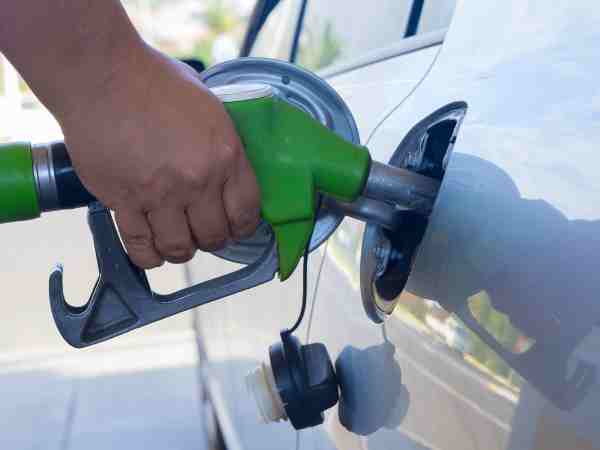
The fuel tank is the container where the fuel used to power the vehicle is kept. Depending on how big the car is, there will be several tank sizes. Smaller than average gasoline tanks are found in compact cars. It includes a hole through which fuel can be poured. The tank and engine are connected by a second aperture. Fuel should not be contaminated by the material used to make fuel tanks. These tanks ought to be rust-free. For this reason, these tanks are frequently constructed using a variety of metals.
Axle
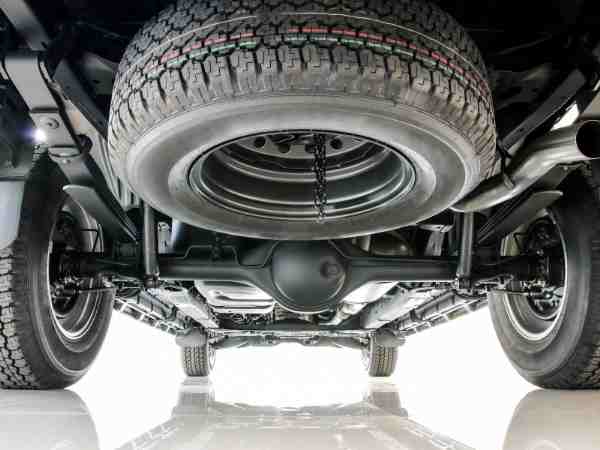
An axle is a shaft under the car that connects the wheels and enables them to revolve as necessary. Axles also support the weight of the car. The front axle, rear axle, and stub axle are the three different kinds of axles. The primary types are those. The amount of axles you require depends depend on the size of your car. Typically, the front axle is in charge of steering wheel motion.
Catalytic Converter

This component of your car uses a chemical process to change toxic pollutants into less harmful emissions. Your car’s exhaust gas contains carbon monoxide, nitrogen dioxide, nitric oxide, and hydrocarbons as a result of the engine operation. A catalytic converter transforms these hazardous gases into water vapor and carbon dioxide. There are numerous varieties of catalytic converters available on the market. The most popular converters are two- and three-way converters.
RELATED – BRITAX PIONEER VS FRONTIER CLICKTIGHT
Conclusion
The most important things you need to know about your car are the names of the body components with pictures that are listed above. The structures of cars are intricate. They are numerous. However, you don’t need to be aware of anything else as a user.
POPULAR SEARCH TERMS
BRITAX PIONEER VS FRONTIER CLICKTIGHT, OKINAWA I-PRAISE, THINGS TO KNOW BEFORE BUYING TRUCK TIRES, WHY SHOULD YOU BUY CAR TYRES FROM PREMIUM BRANDS?, YOU NEED TO BINGE ON THESE BADASS BIKER SERIES, GREATEST BIKE RACING DOCUMENTARIES OF ALL TIME, RIVIAN SHARE PRICE PREDICTION 2025,

